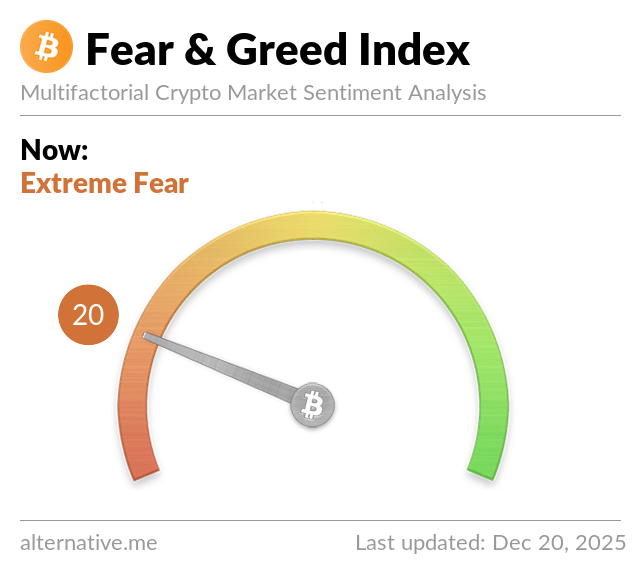Lean Ethereum: A Path Toward Robustness and Performance
On July 31, Ethereum researcher Justin Drake presented the “Lean Ethereum” proposal, which calls for a transformative approach to the network’s infrastructure, aimed at enhancing its resilience against threats posed by nation-states and quantum computing. This initiative also seeks to achieve significant performance improvements without compromising the principle of decentralization.
Understanding the Lean Ethereum Framework
Drake’s proposal introduces two critical modes: “fort mode” and “beast mode.” These modes serve as frameworks within which Ethereum can fortify its security while enabling high-performance scalability. Publicly shared through the Ethereum Foundation’s blog, the proposal outlines a vision for the platform that ensures longevity and effectiveness under potentially extreme conditions.
Vitalik Buterin, Ethereum’s co-founder, and Drake elaborated on these ideas during a recent ETH-focused gathering in Berlin, raising the stakes for the network’s future.
Fort Mode and Beast Mode
Drake emphasizes that Ethereum must be built to endure over decades, if not centuries, even amidst adversarial threats. The guiding principle of this ambitious aim is encapsulated in the phrase: “if the internet is up, Ethereum is up.”
The Lean Ethereum initiative targets an ambitious 10,000 transactions per second (TPS) on the mainnet through aggressive vertical scaling and aims for approximately 1 million TPS on layer-2 (L2) blockchains with expansive horizontal scaling.
Drake reinforces that “moon-math” is no longer a dream; it’s now feasible through innovations such as real-time zero-knowledge virtual machines (zkVMs) for execution and data availability sampling (DAS) to amplify data throughput. Additionally, a focus on usability includes the objective of full-chain verification accessible through consumer devices like smartphones and web browsers.
The Three Layers of Lean Ethereum
The Lean Ethereum proposal presents coordinated upgrades across three distinct sublayers:
Lean Consensus (Beacon Chain 2.0)
The first layer emphasizes enhancing the Beacon Chain for maximum security and decentralization, boasting near-instant finality within seconds.Lean Data (Blobs 2.0)
This layer focuses on facilitating post-quantum “blobs” that change in size, promising a developer experience similar to calldata while significantly boosting transaction throughput.- Lean Execution (EVM 2.0)
This final layer incorporates a minimal, SNARK-friendly instruction set that maintains compatibility with the Ethereum Virtual Machine while accelerating both proving and verification processes.
Together, these sublayers aim to provide a vision of “performance abundance” while adhering strictly to principles of continuity and simplicity.
Hash-based Cryptography as a Fundamental Element
At the core of the Lean Ethereum proposal is the utilization of hash functions as pivotal components across the various layers:
- Aggregate signatures in the consensus layer will replace traditional approaches like Boneh-Lynn-Shacham (BLS) signatures.
- Hash-based commitments will supplant Kate, Zaverucha, and Goldberg (KZG) methodologies within the data layer.
- Hash-centric zkVMs will streamline processes in the execution layer.
This strategy not only aims to provide a hedge against quantum threats but also aligns perfectly with the growing significance of SNARKs across the Ethereum ecosystem.
Drake emphasizes that Lean Ethereum is as much about an engineering philosophy as it is a technical blueprint. Central to this philosophy are values of minimalism, encapsulated complexity, formal verification, and provable security. The push for "lean craft" intends to minimize legacy complexities and standardize on fundamental primitives that can be easily reasoned and verified.
Conclusion
The Lean Ethereum proposal emerges as a visionary framework that places Ethereum on a path to not only endure for generations but to thrive amidst technological evolution. By restructuring its foundational elements and embracing cutting-edge cryptographic techniques, Ethereum paves the path toward a more resilient and performant future. The community’s active engagement with these innovations will be crucial in solidifying Ethereum’s stature as the backbone of decentralized applications and platforms.












